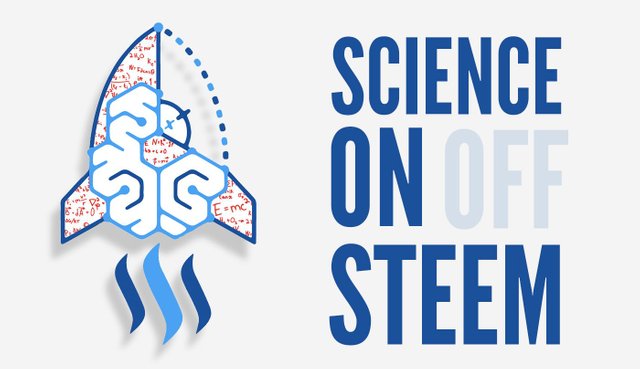Moon - Earth's companion
Only two days a month the Moon is invisible in the Earth's sky. It has been the planet's companion for more than 4 billion years. One theory even speaks of its earthly origins. Let's take a closer look at him.

Picture taken by me
Our natural satellite is a rocky globe with a diameter of 3476 km. Its relatively short distance from Earth has made it the most explored celestial body we know. Galileo was already looking at it through the first telescope, and during the space flight era, we landed six times on its surface, which was visited by 12 astronauts. In total, almost 450 kg of lunar rocks were collected. Nevertheless, we still don't know the answers to many questions about our satellite.

Picture taken by me
The biggest question remains the rise of the moon. We know three main hypotheses of its origin. The first is that the moon was formed elsewhere in our Solar System and was somehow caught by the gravity of the Earth. However, calculations show that the gravity of the Earth is too weak to intercept such a large body that travels through space with its own momentum. The second hypothesis speaks of the separation of the Moon from the ancient Earth. The third hypothesis suggests that the Earth and the Moon were formed together, but not from one celestial body, but from the very beginning they were formed as two independent bodies. Ultimately, the most probable is the second theory, taking into account the cosmic collision with another large body, which threw a significant part of the Earth's crust and mantle into the Earth's orbit. From this matter a ring was formed, from which with time the Moon as we know it was formed.

Picture taken by me
When we look through a telescope at the moon, we can see how much of its surface is covered with craters. A large part of it was created in the first billion years of its existence. It was a period of intense bombardment with various celestial bodies in the nascent Solar System. The biggest collision of cosmic rocks with the Moon left huge pools on its surface, still called the seas. Much later well-known cards such as Tycho, Copernicus, Kepler or Aristarchus were created. Observing even with the naked eye of our satellite, you can easily see bright and dark areas. The bright areas are mainly mountainous, highlands and matter thrown out of the craters during the collision. Dark areas are the previously mentioned seas, i.e. lunar lowlands. The most beautiful of these are the Sea of Crises, the Sea of Serenity and the Sea of Tranquility. They are visible during the first quarter. The moon is now a peaceful place. Despite the huge number of craters in our times, no major new holes have been observed on the moon surface. Seismic activity on our satellite is very low. It can be said that the lunar surface seems to be dead.

Picture taken by me
The internal construction of the Silver Globe differs from the Earth's one. The moon density is less than the density of the Earth. This is probably because it consists mainly of silicates and haven't nucleus of iron or other metals. Without a metal nucleus, the Moon has no significant magnetic field. Probably in the past the field was stronger when the satellite was newly formed. On the Moon there are practically no frozen substances, including water. During the day the temperature is high and therefore the surface of our satellite is dry and ice-free. Only in places remaining in the eternal shade of deep craters there are some amounts of frozen water. The Silver Globe surrounds the Earth in less than 28 days. This period is also the time of full circulation around its axis, so the Moon eternally faces the Earth with one side. From the surface of the Earth we will never see the other side of our satellite, but it has been photographed by space probes, showing an even more crater-rich surface.
Greetings to lovers of Astronomy!
References:

This post has been voted on by the SteemSTEM curation team and voting trail in collaboration with @curie.
If you appreciate the work we are doing then consider voting both projects for witness by selecting stem.witness and curie!
For additional information please join us on the SteemSTEM discord and to get to know the rest of the community!
Moon is always a fascinating subject.
Exactly. Although closest to the Earth, it has always interested humanity.
Asimov predicted we'll be mining it this year! Let's see what 2019 brings!
And happy 2019!